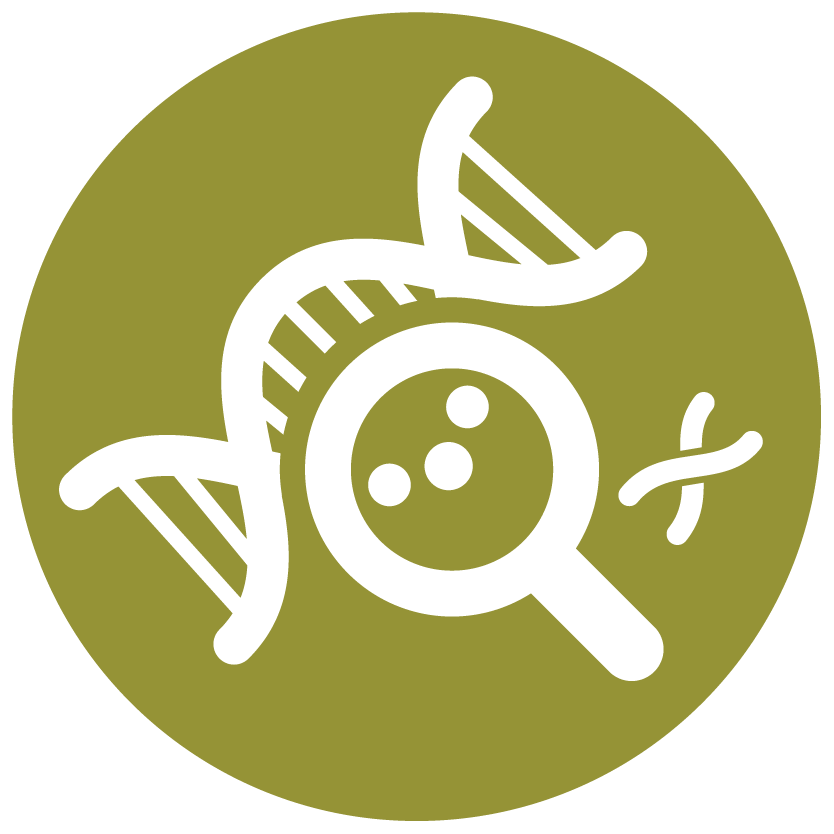Discovery and Basic Research
Symposium: Emerging Technology as a Game Changer in Drug Discovery
GEMclear Elevates Accuracy of Spatial Proteomics for Drug Target Discovery
Tuesday, November 11, 2025
10:00 AM - 10:30 AM CT
Location: 303 AB

Xiaoyu Shi, PhD (she/her/hers)
Assistant Professor
University of California, Irvine
Irvine, California
Speaker(s)
GEMclear is a new technology that boosts the accuracy of spatial proteome detection of Proximity Labeling Mass Spectrometry (PL-MS). PL-MS is a widely adopted spatial proteomics technique for mapping protein-protein interactions and exploring drug targets. In PL-MS, enzymes such as HRP or TurboID tag nearby proteins with biotin, enabling subsequent enrichment on streptavidin beads and mass spectrometric identification. However, abundant background proteins often bind nonspecifically to the beads, obscuring genuine signals and inflating false positives. To overcome this challenge, we developed Gel Electrophoresis Mass-spectrometry background clearing (GEMclear), which integrates proximity labeling, hydrogel embedding, and electrophoresis to physically remove non-biotinylated proteins before MS detection. Imaging results show that GEMclear depletes over 96% of background proteins and significantly increases the signal-to-noise ratio in MS detection. We validated GEMclear proteomics by profiling mitochondria and the nuclear lamina, two subcellular compartments with well-characterized proteomes, confirming that GEMclear reliably captures known organelle markers and minimizes off-target contaminants. Additionally, GEMclear is compatible with multiple proximity labeling enzymes and works in live cells and fixed tissues. By elevating spatial proteome fidelity, GEMclear promises to accelerate the discovery of protein-protein interactions and illuminate novel drug targets, offering a powerful tool for disease mechanism studies and therapeutic development.
Learning Objectives:
- Upon completion, participants will be able to understand the key advantages and current challenges in spatial proteomics, and to apply these techniques to disease mechanism studies and drug target discovery.
- Upon completion, participants will be able to understand how GEMclear addresses the critical challenge of high false-positive rates in spatial proteomics, significantly improving the accuracy of protein interaction detection.
- Upon completion, participant will be able to conduct a new spatial proteomic method, GEMclear, which will significantly increase the detection accuracy of protein-protein interactions.

